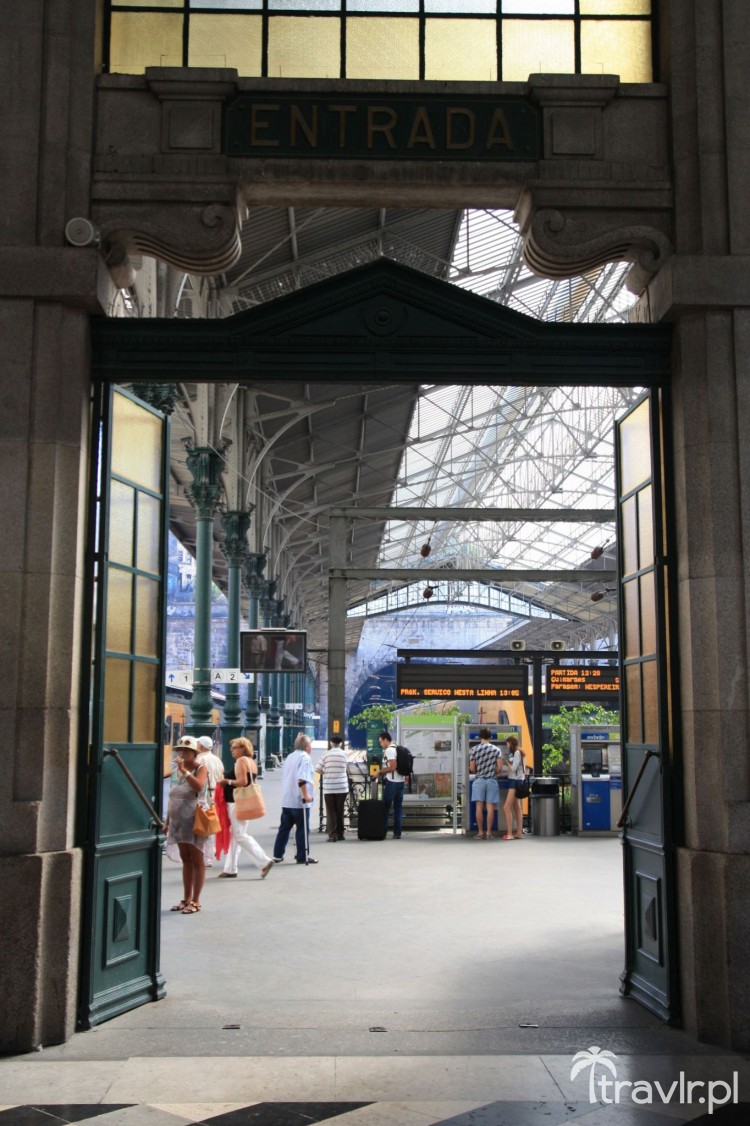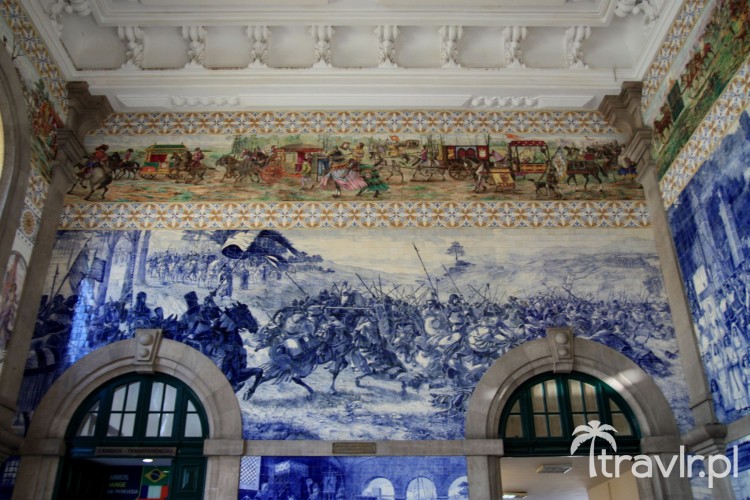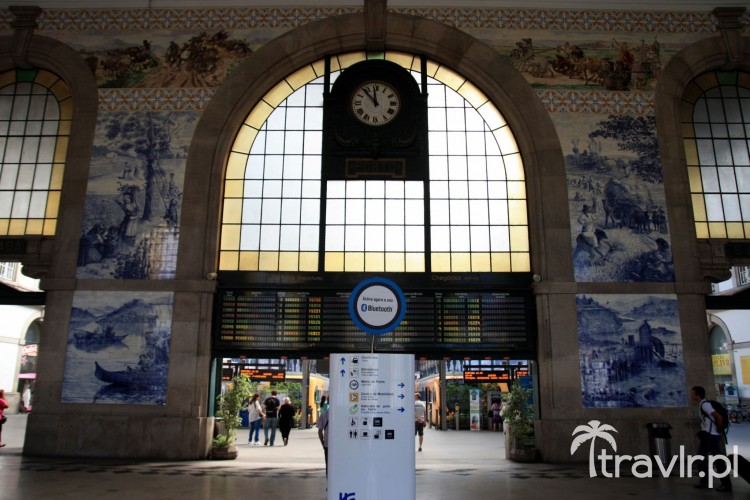Sao Bento, a historical railway station in Porto, is located in Almeida Garret Square. Its name comes from a Benedictine monastery, which had occupied the place in the 17th century but burnt down a century later. After the fire and reconstruction, the monastery once again fell into ruin. At that point, King Carlos I, who took Porto's development plans into consideration, decided to build there a railway station. The construction lasted from 1900 to 1916 and it was supervised by Jose Marques da Silva, an architect well-known in the whole city. Nowadays, Sao Bento is not only a historical place but also a rail transport station. You will find here 4 train platforms and an underground station.
 Historical platforms at the Sao Bento Railway Station
Historical platforms at the Sao Bento Railway Station
Sao Bento is especially known for the twenty thousand tiles which depict the history of Portugal. They are arranged into pictures and put on the walls of the station. I must admit that the artwork by Jorge Colaco (the master of azulejos, a technique of painting pictures on ceramic tiles), evokes very positive feelings. Maybe because the combination of blue and white has always calmed me down, but I know it is not only my impression.
 Azulejos at the Sao Bento Railway Station in Porto
Azulejos at the Sao Bento Railway Station in Porto
Besides, the numerous pictures presenting the daily lives of the Portuguese, the views of fascinating nature or images commemorating historic events, undoubtedly introduce an element of contemplation to the normally busy place. I took a few photos of the beautiful azulejos and went on to the Douro river.



